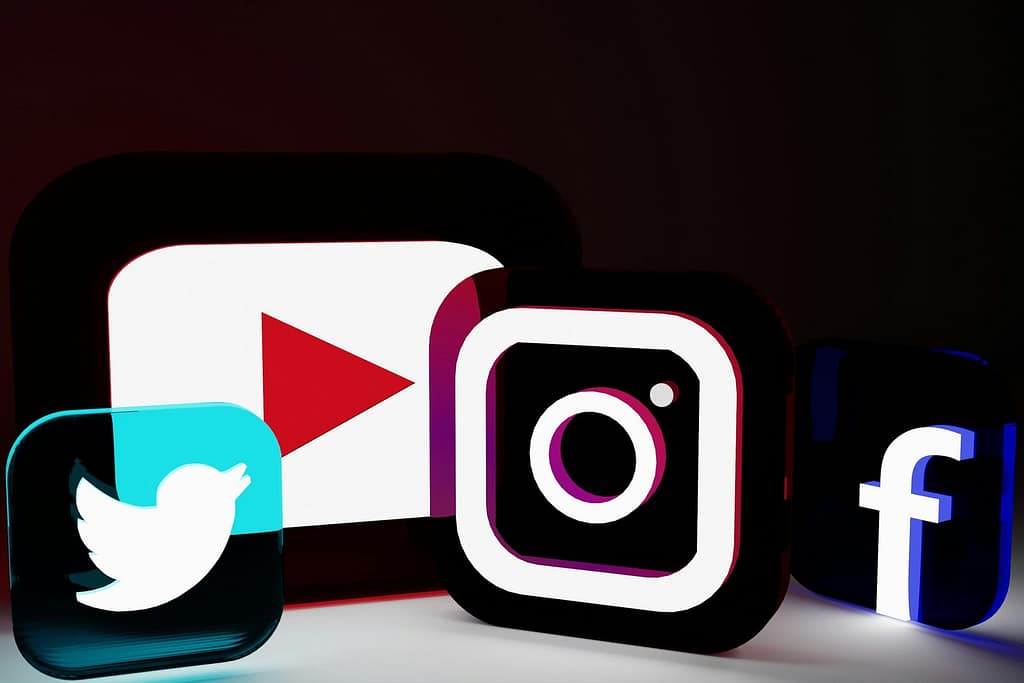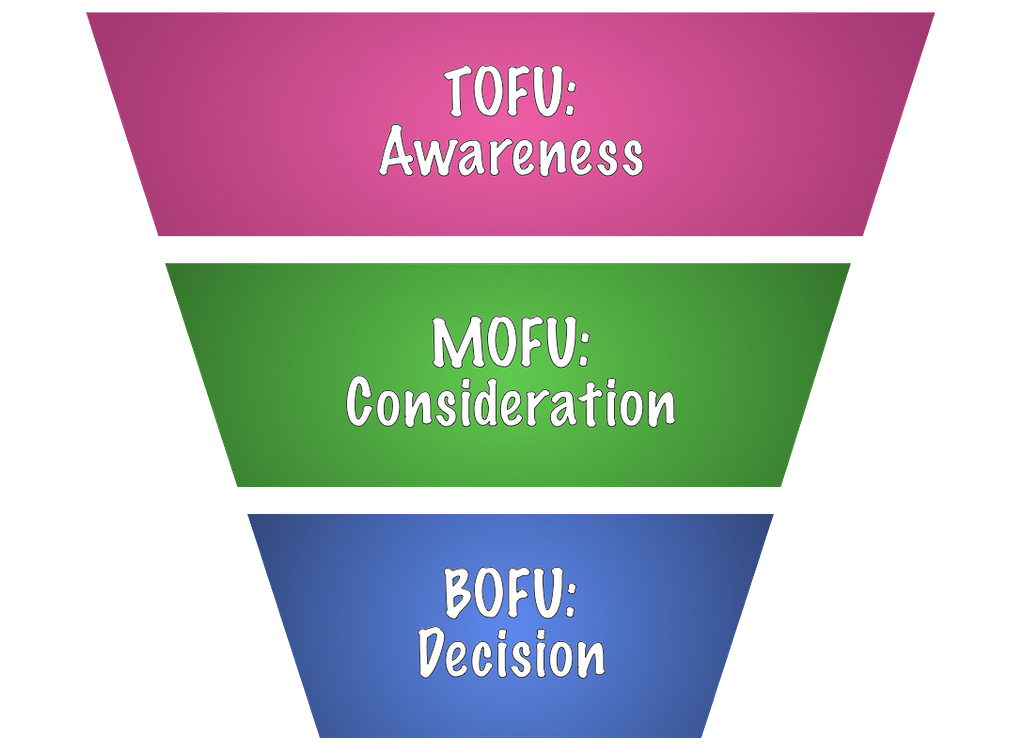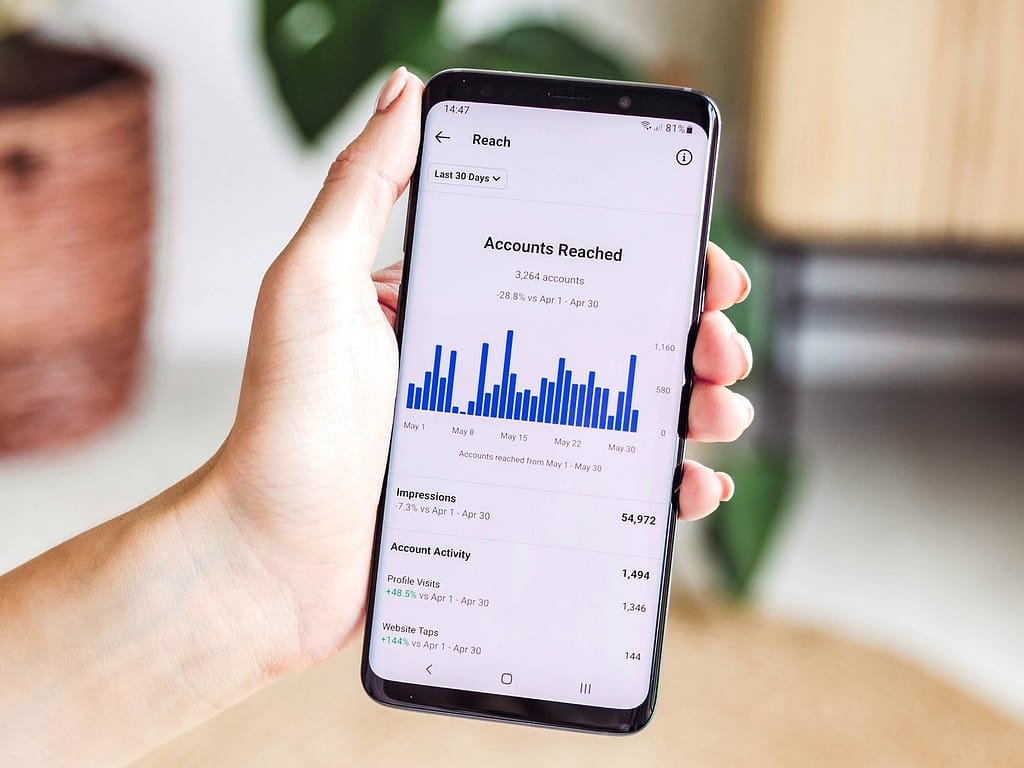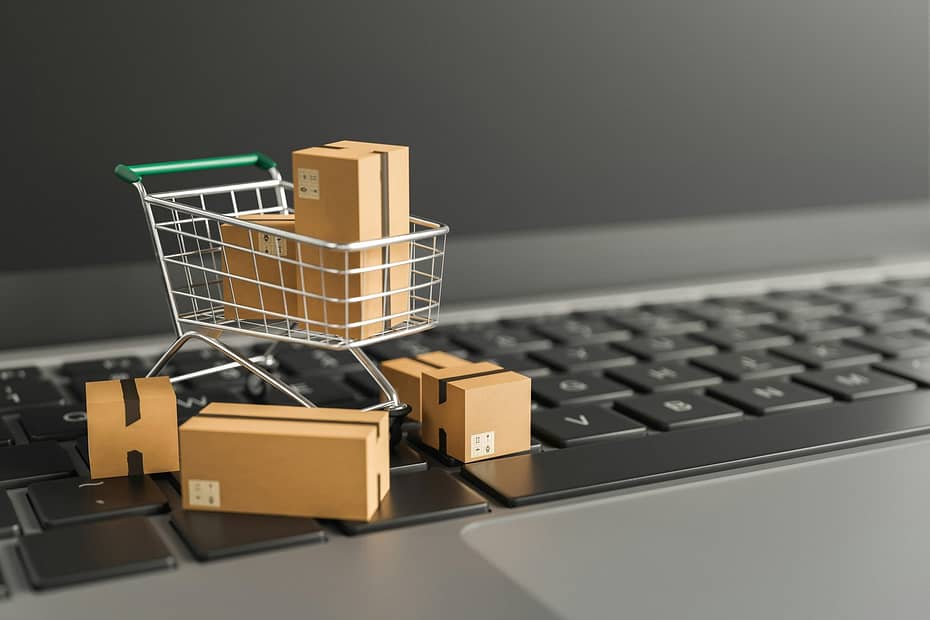Sales Funnel vs. Sales Pipeline
This article explains the concepts of sales funnel vs. sales pipeline. Through real-world examples, you will learn what they are and how to use them together.
For some background, I first want to touch on how people decide what to buy online. In 2011, Google researchers presented the Zero Moment of Truth framework, or ZMOT for short. One of its core concepts is the 7-11-4 rule, which helps businesses understand how to engage with potential customers. According to this rule, a consumer typically needs to spend seven hours interacting with your brand, engage through eleven different touchpoints, and do so across four distinct channels or locations, to reach a purchase decision.

If you have an online business, your prospective customers spend these seven hours reading your blog posts, watching your YouTube videos, getting inspired by your tweets, and feeling enlightened during your free webinars, to mention a few common examples. They might also sign up to your email list, through which you inform them about upcoming events or make them aware of the option to get a free 15-minute Q&A session with you, no strings attached. Those who take that opportunity appreciate the clarity you gave them, and a certain percentage of your sales leads decide to become paying customers.
This customer journey can get a bit complex, and it helps if you model everything that happens within it, along with your actions, as a sales funnel and a sales pipeline. They are different things that go together, and we are now ready to examine how they work. We’ll start with the funnel.
What is a sales funnel?
A sales funnel is focused on user needs. It models a buyer’s journey from their perspective.
Let’s use mine as an example. You may have guessed already: I help solo businesses multiply revenues beyond their wildest dreams by optimizing their sales funnels and pipelines. My clients often find me through my blog posts, social media posts, or ads, but not everyone who sees them is a potential customer, at least not today. Some just started, so they have nothing to sell yet. Others operate on a shoestring budget and prefer to do things all by themselves. There are a thousand good reasons why someone wouldn’t buy, and this fact does not worry me the slightest.
Among millions of people, there are still many who would say to me: “I want you to help me skyrocket my business now. Where shall I start?” These are my ideal customers: not only are they ready to get results, but they are also willing to invest their own time plus a few hundred dollars in achieving them. My funnel’s job is to sort out these action-takers and guide them toward my offer so we can start doing magic together. I’ll describe the stages of a sales funnel here, with some examples.
At the top, a large number of people see me for the first time, and then the funnel gradually becomes narrower toward the bottom, where some of them make a purchase.
The stages of a sales funnel

Top of the funnel (TOFU)
My blog, my ads, and my social media engagement are vital parts of the top of my funnel. The first time someone finds me there, I am just a random dude on the Internet in their eyes. Many of them are simply browsing or exploring options, and they don’t know yet that they have a need or a problem that I can help them solve. However, some have recently embarked on a solopreneurial journey to make a good living online. They find helpful ideas here and there, so they decide to join my email list to get a weekly update on topics that are relevant to them.
This is often called the awareness stage. The aim is not to sell products or services but to introduce my brand to as many relevant people as possible, make a positive first impression, and earn trust. As a result, some prospective customers move on to the next stage of the funnel.
If you are new in business, an excellent way to start is to build your funnel from the top by producing content that adds value to your target audience. Good content builds authority.
Middle of the funnel (MOFU)
The middle of the funnel is the consideration stage, where new leads learn how your product or service addresses their specific needs or problems. It is also where you can typically distinguish them as individuals because people who comment on your content are more or less anonymous. Now, social media platforms are no longer the place to be; you want to invite your followers to an asset you own, such as an email list. Free online courses also serve a purpose, as do communities where you can have open discussions. If you choose the platform wisely, you can have all of this (and more) in the same place. If you are interested, I wrote an article about a platform with a unique offer that allows you to use it at no cost. I’ll repeat the link at the bottom.
The entrance to the middle of my funnel is either a landing page or a form embedded in a page on my website. Visitors would give me their email addresses in exchange for something valuable, commonly known as a lead magnet. There are many types of lead magnets, but to be attractive, they must provide a complete solution to a narrowly defined problem. No one likes ebooks with a few pages of shallow text that someone created in 30 seconds with ChatGPT.
Bottom of the funnel (BOFU)
At the bottom, we have the decision and conversion stage, where prospects are ready to choose and buy a solution. This is the part of your funnel where your unique selling point matters the most. You overcome anticipated objections or reasons not to buy, making your product or service the obvious choice.
For example, look at how Systeme.io,* the service provider I use to host my sales funnels, stands out from the competition by allowing you to set up your real-life funnels and use them at no cost for as long as you like. Why? Well, to use the words of Alex Hormozi, the author of the book $100M Offers, I would call this “An Offer So Good People Feel Stupid Saying No.”
Key metrics

Daily new leads
The most important sales funnel metric to follow up on is the number of leads it generates daily. I follow up on the performance of every step in every funnel, and if I find a page that doesn’t seem to convert as well as I think it should, I do my best to find out why. It could be anything from a cluttered layout to an unclear value proposition. Then, I think of a way to change it and run an A/B test to see if my idea improves the results.
Of course, at the top of your funnel, you’ll also get valuable hints in comments to social posts and blog articles.
Conversion rate per stage
It is fine with me if people who are not qualified customers drop off through the funnel, but of course, I don’t want to lose anyone whom I could have helped. This is why I closely examine how each stage converts. For example, the conversion rate of the middle of my funnel is how the number of prospects compares to the total number of leads, expressed as a percentage.
I want to maximize the chances that potential customers will proceed to the next stage of the sales funnel. Therefore, I spend much effort refining each stage to address their needs and expectations.
At the top, this might mean enhancing content marketing strategies to attract a broader audience or improving SEO to ensure more people discover your brand. In the middle, optimization could involve creating more targeted and personalized content that resonates with your audience’s specific pain points. Finally, at the bottom, efforts might focus on streamlining the purchase process, offering incentives, or providing reassurance through testimonials and case studies to close the sale.
You will gain much knowledge about your target audience in this process, so you can do more of what’s working and less of what isn’t.
Customer acquisition cost
If the top of your funnel consists of paid traffic, it is easy to follow up on the cost per new lead. However, to find out whether your campaign brings in net revenue, you must proceed through the funnel and translate this cost to what each new customer costs you.
For example, if you grow your email list at a rate of $0.75 per subscriber and, on average, one subscriber out of 20 ends up buying your offer, this single customer costs you as much as 20 subscribers. In other words, your customer acquisition cost (CAC) is 20 x $0.75 = $15.
What is a sales pipeline?
While a sales funnel focuses on the customer’s journey, a sales pipeline is a visual representation of your sales cycle. It describes how you manage and track potential customers’ progression through a series of stages according to your sales strategy.
It begins with the initial contact with a prospective lead and goes through various stages to the final closing of a deal. Thus, it comprises activities where the initiative is at your end through manual outreach or automation.
The sales pipeline provides a clear roadmap for you or your sales reps to follow by breaking down the sales process into different stages. It helps you stay organized, manage your time effectively, and focus on moving each lead toward a successful close. Additionally, by regularly analyzing the pipeline, you can gain insights into your sales performance, identify potential bottlenecks, and refine your strategies to improve conversion rates and drive growth.
The stages of a sales pipeline

Lead generation
This is the first stage, where you identify and connect with potential leads. The goal of prospecting is to build a list of qualified leads that can be nurtured and moved further down the pipeline. If you are a content creator, your leads can be people who sign up for your email list, which connects this sales pipeline stage to the middle of your sales funnel. People with whom you exchange ideas in social media threads can also be seen as early leads, even though you can’t reach out to them at the stage where they are now.
Lead qualification
Qualifying leads means assessing whether they are a good fit for your product or service. This involves understanding the prospect’s needs and budget to determine if they will likely make a purchase. Qualification helps you prioritize your efforts, focusing on leads with the highest potential to convert into customers.
Sales proposal
At this stage, you present a tailored solution to the prospect through a sales call or a product demo. This stage is crucial because it involves communicating the value of the product or service and demonstrating how it addresses the prospect’s specific needs.
Closing
In the final stage, you close the deal, and the prospect becomes a paying customer. From the customer’s perspective, this pipeline stage is tied to the bottom of the funnel.
How to build your funnel and pipeline
As you can see, the funnel and the sales pipeline represent two complementary perspectives on making the most out of your marketing efforts. The funnel consists of articles, ads, email sequences, and web pages designed to convert visitors to leads and, ultimately, to customers. The pipeline includes sales activities such as directed emails, phone calls, and sales meetings. In particular, online businesses rely heavily on effective funnels and automated messaging because these scale much more easily than a sales team.
- If your business offers coaching or consultations, your sales pipeline may be centered around a free consultation in which the prospective customer gets a feel for you, and you assess whether the person you are talking to would be a good fit for your business.
- Web stores can improve conversion by sending automated emails with special incentives, like discounts or limited-time offers, to people who abandon their carts.
- Membership-based platforms can eliminate the threshold for new customers by offering a free trial period or limited access to premium content. This allows users to experience the full benefits of membership before signing up.
Choosing the right tools is vital. If you are ready to start growing your email list and build landing pages, sales pages, online courses, and much more without spending a dime on a software platform, you may want to read my article about what I consider the Best Free Sales Funnel Software* out there today.
That’s all for today, but I have a question for you: What is your business, and how do you find new leads and convert them to customers? Feel free to share your thoughts or questions in the comments section.
— — —
* When there is a product that I honestly recommend, I may share an affiliate link that gives me a commission at no extra cost to you. It helps me keep creating helpful content like this. Thanks for your support!
